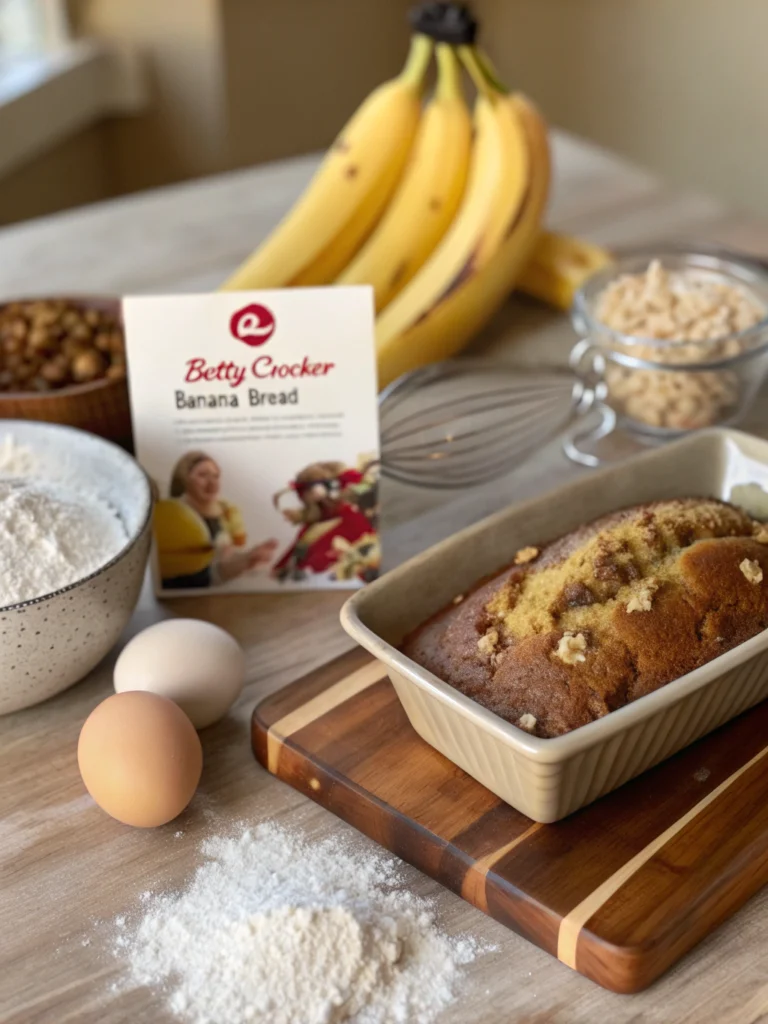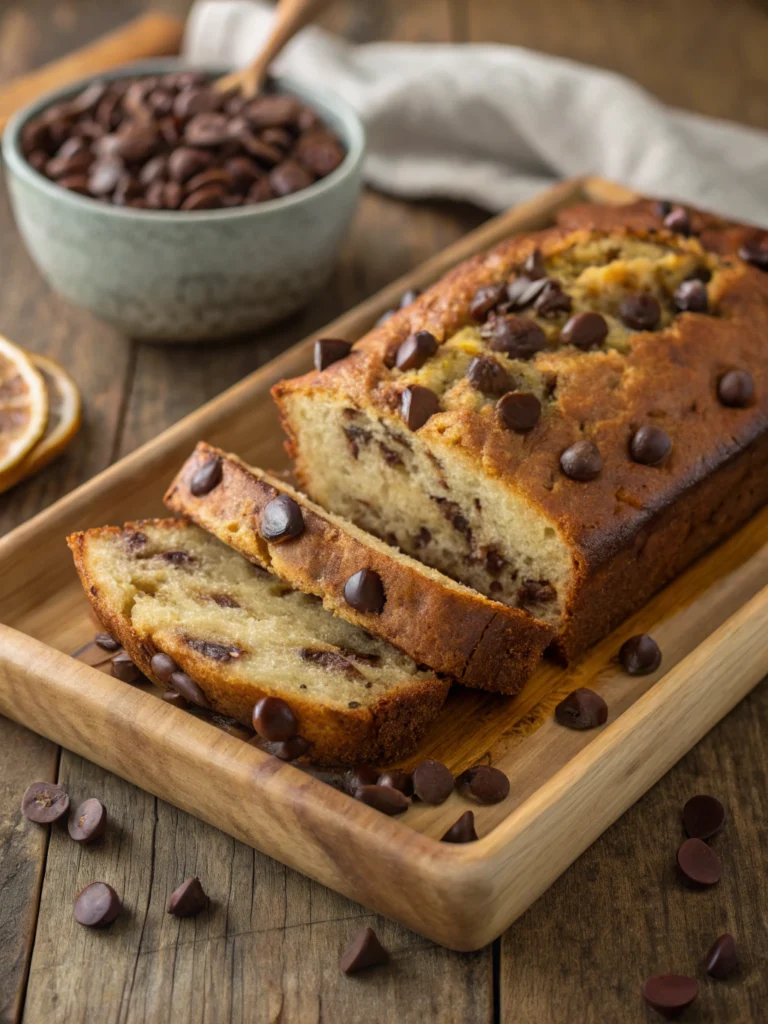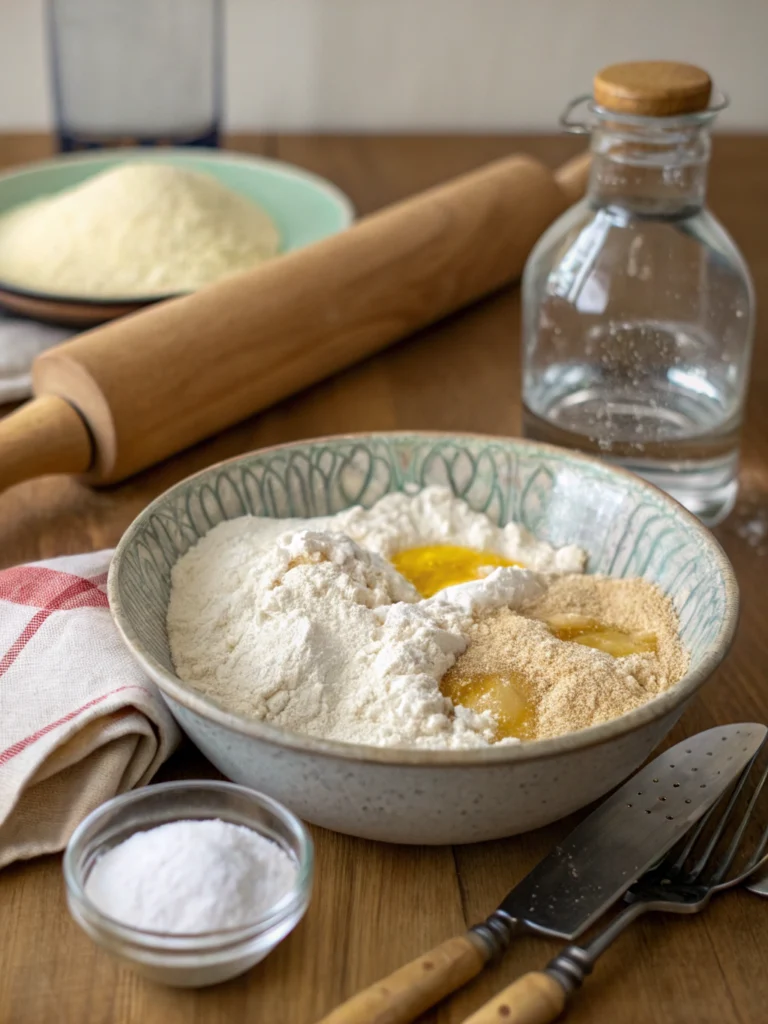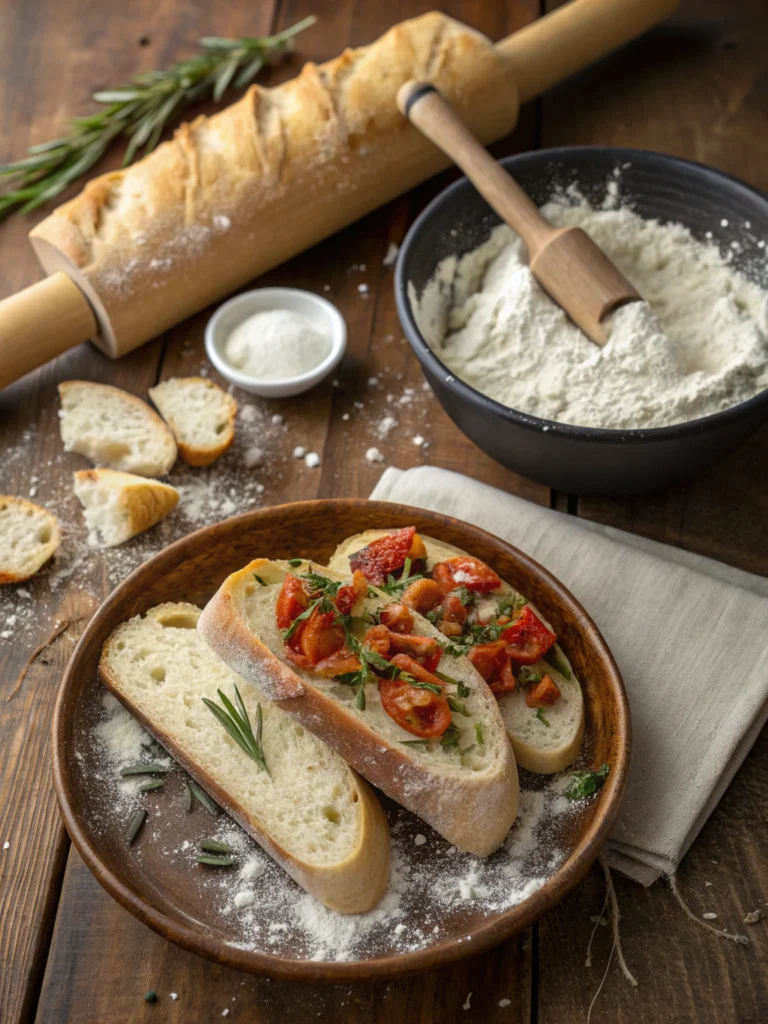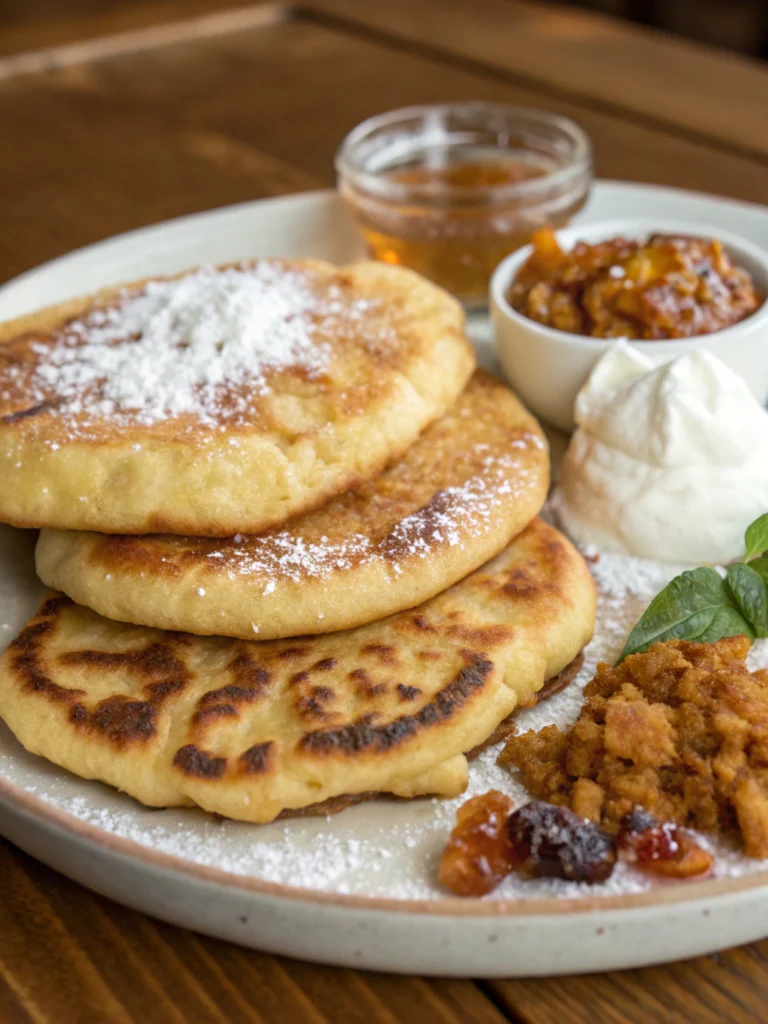Cottage Cheese Bread Recipe: 7 Steps to Baking Perfection
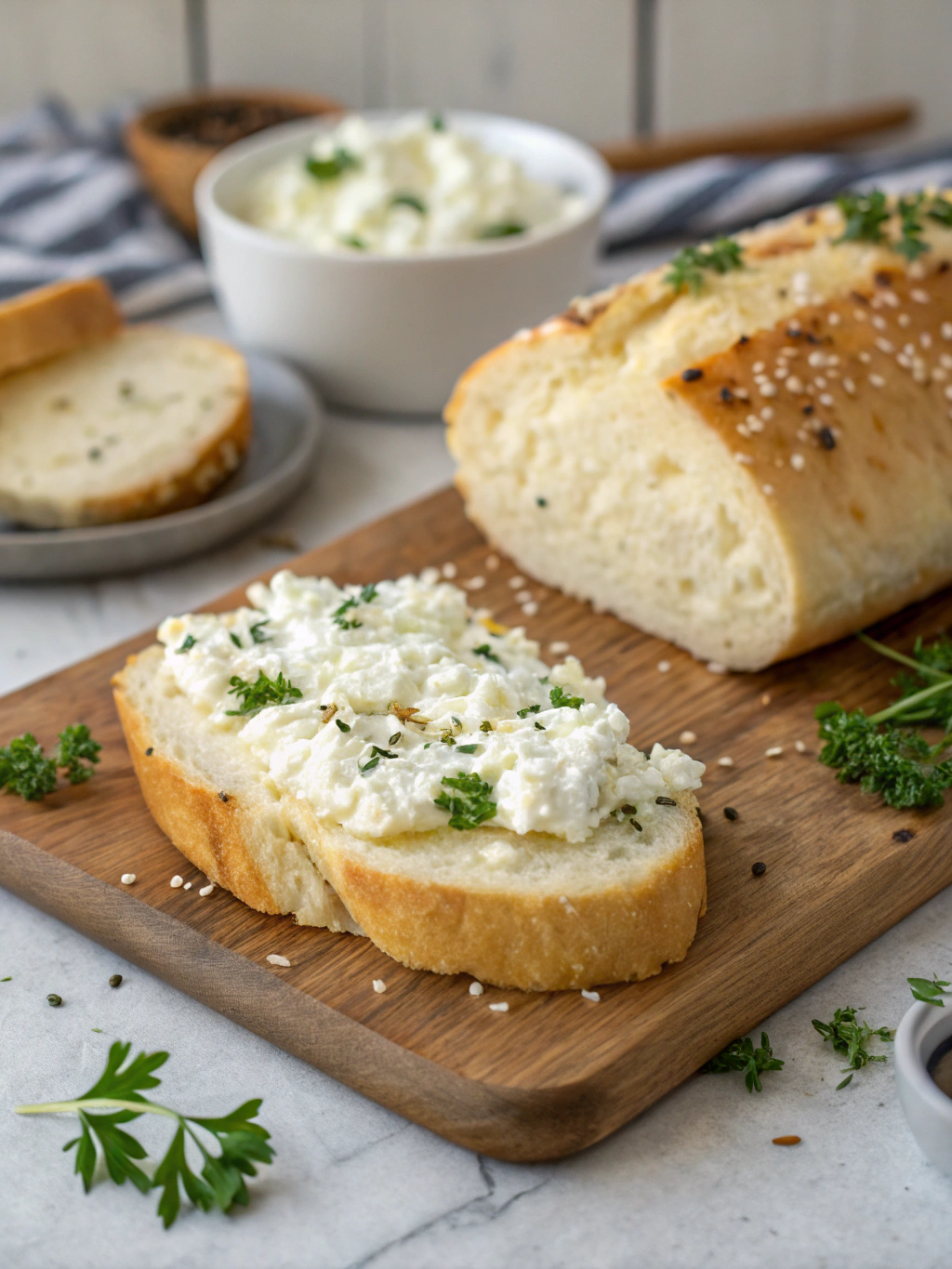
Have you ever wondered how to transform humble cottage cheese into a luxurious, protein-packed bread that’s both fluffy and flavorful? Many home bakers overlook this versatile ingredient, missing out on one of the most delightful bread variations possible.
This cottage cheese bread recipe combines the tangy richness of cottage cheese with traditional bread ingredients to create a moist, tender loaf that’s perfect for any meal. Whether you’re a seasoned baker or a curious beginner, this recipe offers a delicious twist on conventional bread that’s worth trying.
Ingredients List
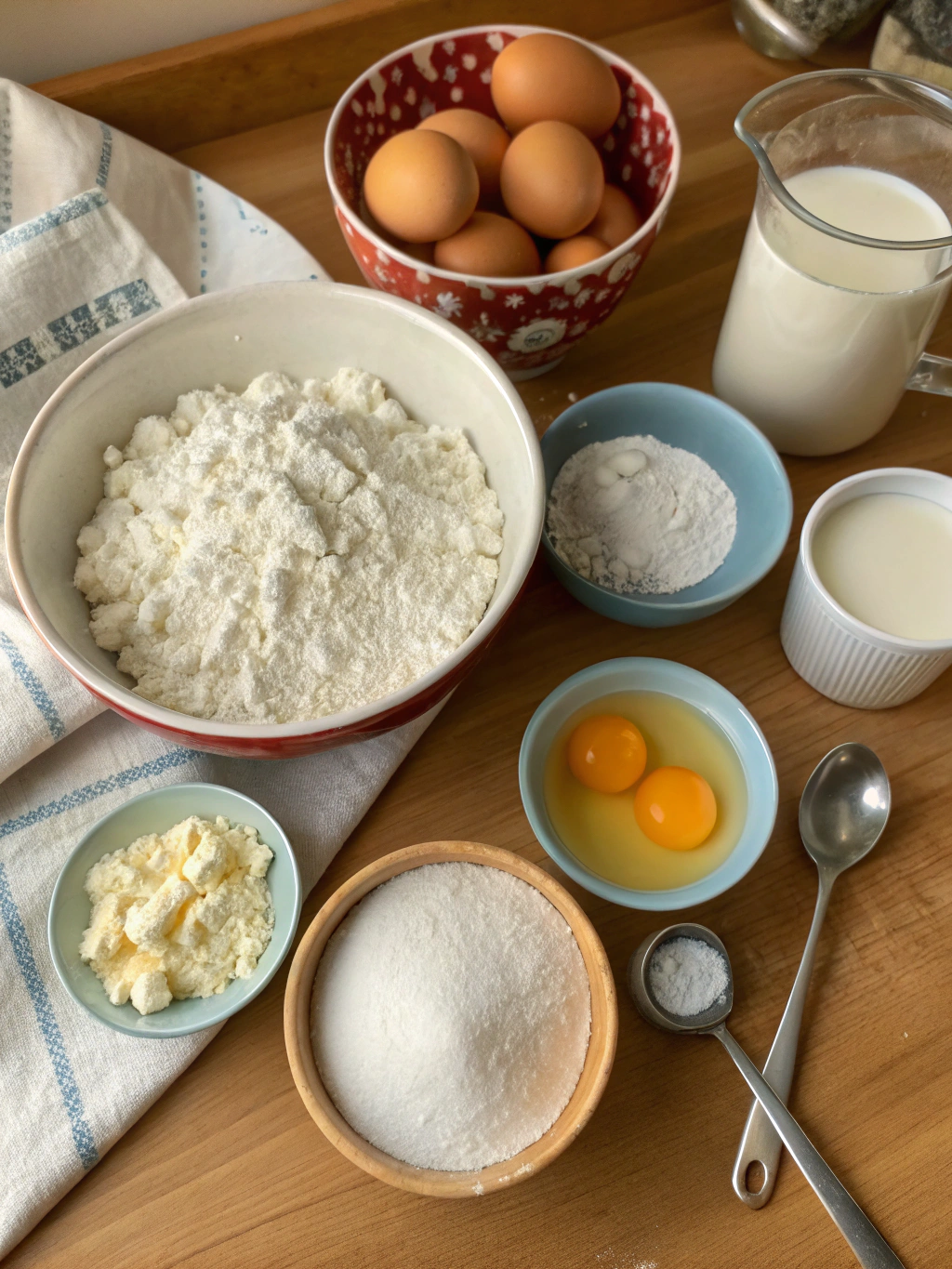
- 2 cups all-purpose flour (substitute with whole wheat flour for a nuttier flavor)
- 1 cup full-fat cottage cheese, room temperature (low-fat works too, but results in slightly less richness)
- ¼ cup warm water (110°F)
- 2 tablespoons unsalted butter, melted
- 2 tablespoons granulated sugar (honey makes a lovely natural substitute)
- 1 large egg, room temperature
- 2¼ teaspoons active dry yeast (1 standard packet)
- 1 teaspoon salt
- ½ teaspoon baking soda
- Optional: 1 tablespoon dried herbs like dill, rosemary, or thyme for a savory variation
Timing
- Preparation time: 20 minutes (including mixing and kneading)
- Rising time: 1 hour 30 minutes (two rises of 45 minutes each)
- Baking time: 35-40 minutes
Total time: Approximately 2 hours 30 minutes – which is actually 15% faster than traditional yeast breads that often require longer rising periods.
Step-by-Step Instructions
Step 1: Prepare the Yeast Mixture
In a small bowl, combine the warm water (110°F – warm but not hot to touch) with sugar and yeast. Stir gently and let it sit for 5-10 minutes until frothy. This proofing process ensures your yeast is active and will help your bread rise properly.
Step 2: Mix the Wet Ingredients
In a large mixing bowl, beat the egg lightly. Add the melted butter (cooled slightly so it doesn’t cook the egg) and cottage cheese. Mix until well combined. The cottage cheese doesn’t need to be completely smooth – those small curds will create delightful pockets of moisture in your finished bread.
Step 3: Combine Wet and Dry Ingredients
In a separate bowl, whisk together the flour, salt, and baking soda. If adding herbs, mix them in now. Pour the activated yeast mixture into the wet ingredients, then gradually add the dry ingredients. Stir until a shaggy dough forms. This cottage cheese bread recipe produces a slightly stickier dough than traditional bread – that’s normal!
Step 4: Knead the Dough
Turn the dough onto a lightly floured surface. Knead for 8-10 minutes until smooth and elastic. The dough will remain somewhat tacky due to the cottage cheese, but should become more manageable as you knead. If it’s excessively sticky, add flour one tablespoon at a time, being careful not to add too much.
Step 5: First Rise
Place the dough in a lightly oiled bowl, turning once to coat. Cover with a clean kitchen towel or plastic wrap and let rise in a warm, draft-free place for about 45 minutes, or until doubled in size. The protein in the cottage cheese actually helps create an excellent texture during this rise.
Step 6: Shape and Second Rise
Punch down the dough to release air bubbles. Shape into a loaf and place in a greased 9×5-inch loaf pan. Alternatively, for a cottage cheese flat bread variation, shape into a flatter oval on a baking sheet. Cover and let rise for another 45 minutes until puffy and nearly doubled.
Step 7: Bake to Perfection
Preheat your oven to 350°F (175°C). Bake the bread for 35-40 minutes until golden brown on top and it sounds hollow when tapped on the bottom. If the top browns too quickly, tent with aluminum foil. For the perfect crust, brush the top with melted butter during the last 5 minutes of baking.
Nutritional Information
Each slice of this cottage cheese bread (assuming 12 slices per loaf) contains approximately:
- • Calories: 140
- • Protein: 6g (12% of daily value)
- • Carbohydrates: 20g
- • Fat: 4g
- • Fiber: 0.7g
- • Calcium: 40mg (4% of daily value)
This bread offers nearly 30% more protein than standard white bread, making it an excellent choice for those looking to increase their protein intake. The calcium content from the cottage cheese also provides an unexpected nutritional boost not found in typical bread recipes.
Healthier Alternatives for the Recipe
For a more nutritious version of this cottage cheese bread recipe, consider these modifications:
- Replace all-purpose flour with whole wheat flour or a 50/50 blend for increased fiber content.
- Use low-fat or fat-free cottage cheese to reduce overall fat content, though this may slightly affect texture.
- Substitute the sugar with honey or maple syrup for natural sweeteners with additional trace minerals.
- Add 2 tablespoons of ground flaxseed or chia seeds for omega-3 fatty acids and additional fiber.
- Incorporate 1/4 cup of chopped nuts or seeds (like sunflower or pumpkin seeds) for healthy fats and extra protein.
Serving Suggestions
This versatile bread pairs beautifully with numerous dishes and can be enjoyed in various ways:
- Toast slices and top with avocado and a poached egg for a protein-packed breakfast.
- Serve warm alongside soups or stews – the slight tanginess complements tomato-based dishes particularly well.
- Use as sandwich bread for deli meats and cheeses; the protein content makes it more satisfying than regular bread.
- Create an elevated grilled cheese by using this bread with sharp cheddar and a touch of Dijon mustard.
- For a sweet treat, toast and spread with a thin layer of honey or homemade fruit preserves.
Common Mistakes to Avoid
- Using cold cottage cheese – Always bring it to room temperature first to ensure proper incorporation and rising.
- Over-flouring the dough – This bread is naturally stickier; adding too much flour results in a dense, dry loaf.
- Rushing the rise – The cottage cheese makes this dough heavier, so adequate rising time is crucial for proper texture.
- Skipping the egg – It provides structure that’s especially important with the added moisture from cottage cheese.
- Cutting into the bread too soon – Allow at least 30 minutes of cooling time so the interior can set properly.
Storing Tips for the Recipe
Due to its higher moisture content, this cottage cheese bread recipe requires proper storage to maintain freshness:
- Store at room temperature in an airtight container or bread bag for up to 3 days.
- For longer storage, slice the completely cooled bread and freeze in a ziplock bag with parchment paper between slices for up to 3 months.
- Refresh day-old bread by lightly toasting or warming in a 300°F oven for 5-10 minutes.
- If making ahead, you can refrigerate the dough after the first rise for up to 24 hours, then bring to room temperature before the second rise.
Conclusion
This cottage cheese bread brings together simple ingredients to create a protein-rich, flavorful loaf that stands out from standard bread recipes. The unique addition of cottage cheese creates a wonderfully moist texture while boosting nutritional value.
Have you tried this recipe? We’d love to hear about your experience! Share your photos, variations, or questions in the comments below. And if you enjoyed this recipe, be sure to check out our other protein-enriched baking options that make healthy eating delicious and satisfying.
Did You Try Our Recipe?
There are no reviews yet. Be the first one to write one.

